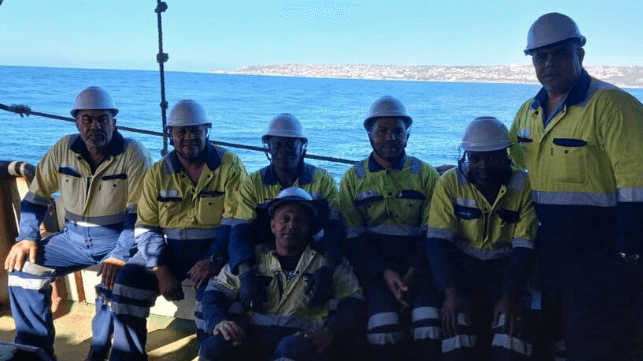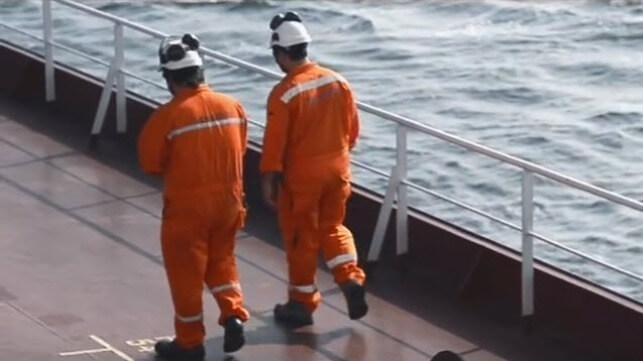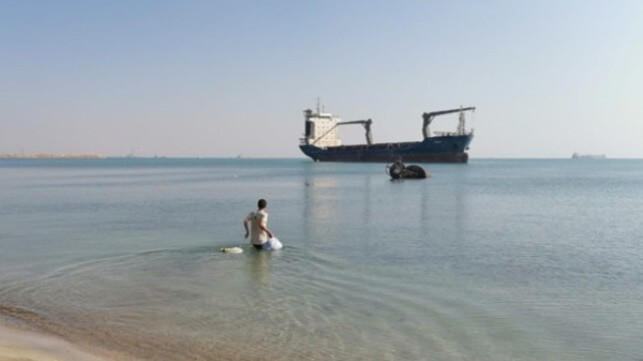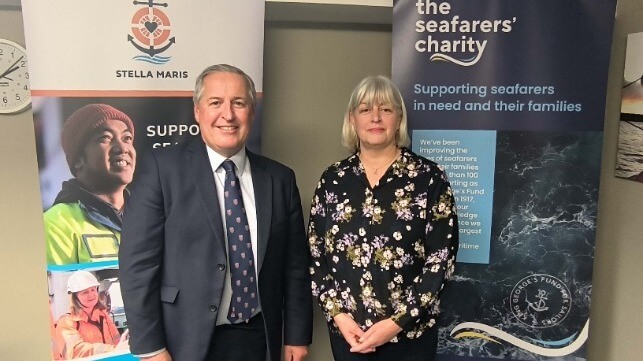SKULLDUGGERY💀
Master of Iranian Shadow Tanker Disappears Days Before Indonesian Trial
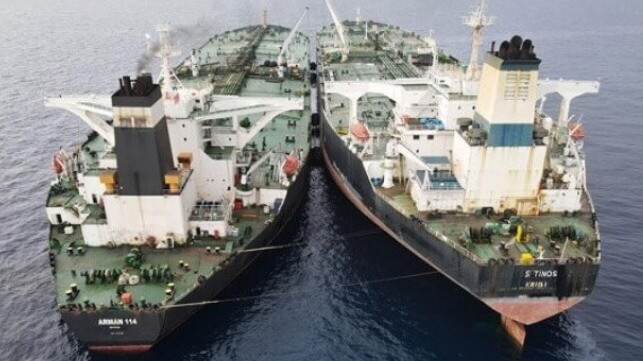
A court in Batam, Indonesia has delayed the trial and reading of the verdict in a case of a tanker that was caught conducting an illegal ship-to-ship oil transfer and charged with causing pollution after the master of the vessel disappeared five days before the court was scheduled to convene. It is the latest turn in a case that started over a year ago and even still the ownership of the tanker remains unclear.
The master of the tanker Arman 114 (300,579 dwt), Mahmoud Abdelaziz Mohamed Hatiba (age 43 and believed to be an Egyptian citizen) was facing the possibility of seven years in prison and a fine of more than $305,000. If he failed to pay the fine, a further six months in jail would have been added to his sentence. Prosecutors are also asking the court to seize the crude oil tanker and auction it off along with the cargo aboard. Initial reports in 2023 said there were more than 272,000 metric tons of crude oil aboard although later reports say it is just under 167,000 metric tons of light crude oil.
Several entities presented themselves to the court claiming to be the order of the tanker while the Iranian Embassy in Jakarta has denied ownership and said the vessel is owned by an Iranian citizen. The Arman 114, built in 1997, has repeatedly appeared on watch lists from various organizations accused of being used to smuggle Iranian oil. The ship is believed to be registered in Iran but it has not undergone inspections according to the databases in years and its management and insurance are unknown.
In June 2023, the Indonesian Coast Guard discovered the vessel at anchor with a second tanker displaying the name S Tinos and reporting to be registered in Cameroon. However, the ship was using the identity of a tanker that had been scrapped five years earlier. Neither ship was displaying a flag or transmitting accurate AIS data. The Arman 114 was displaying a position in the Red Sea at the time.
When the ships were discovered, reports suggest they attempted to flee and the Malaysians assisted the Indonesian authorities in stopping the Arman 114. The ship was detained with a total of 29 people aboard, including the wife and child of the security officer. The crew was reported to be from Iran and Egypt. They were also being detained in Batam with reports that they had come ashore without proper paperwork.
Three months after the vessels were discovered, Indonesian prosecutors in October 2023 added charges of dumping waste. Reports said they tested oil found in the water and determined it came from the Arman 114. Some reports are saying the captain had ordered the crew to dump oily water overboard.
Shortly before the hearing scheduled for last week, the Attorney General’s Office confirmed it had a visit from the Iranian Embassy requesting the ship and its cargo be released. Iranian officials denied ownership of the tanker or the cargo aboard.
The court went into recess after the master failed to report for the hearing and is now due to reconvene on July 4. The court has ordered if the master can be located that he should be detained while prosecutors are pressing for the court to proceed with the seizure of the vessel and its cargo. It is unclear if any of the other crewmembers might face charges for the transfer, pollution, and attempts to display a false identity and flee from authorities.

